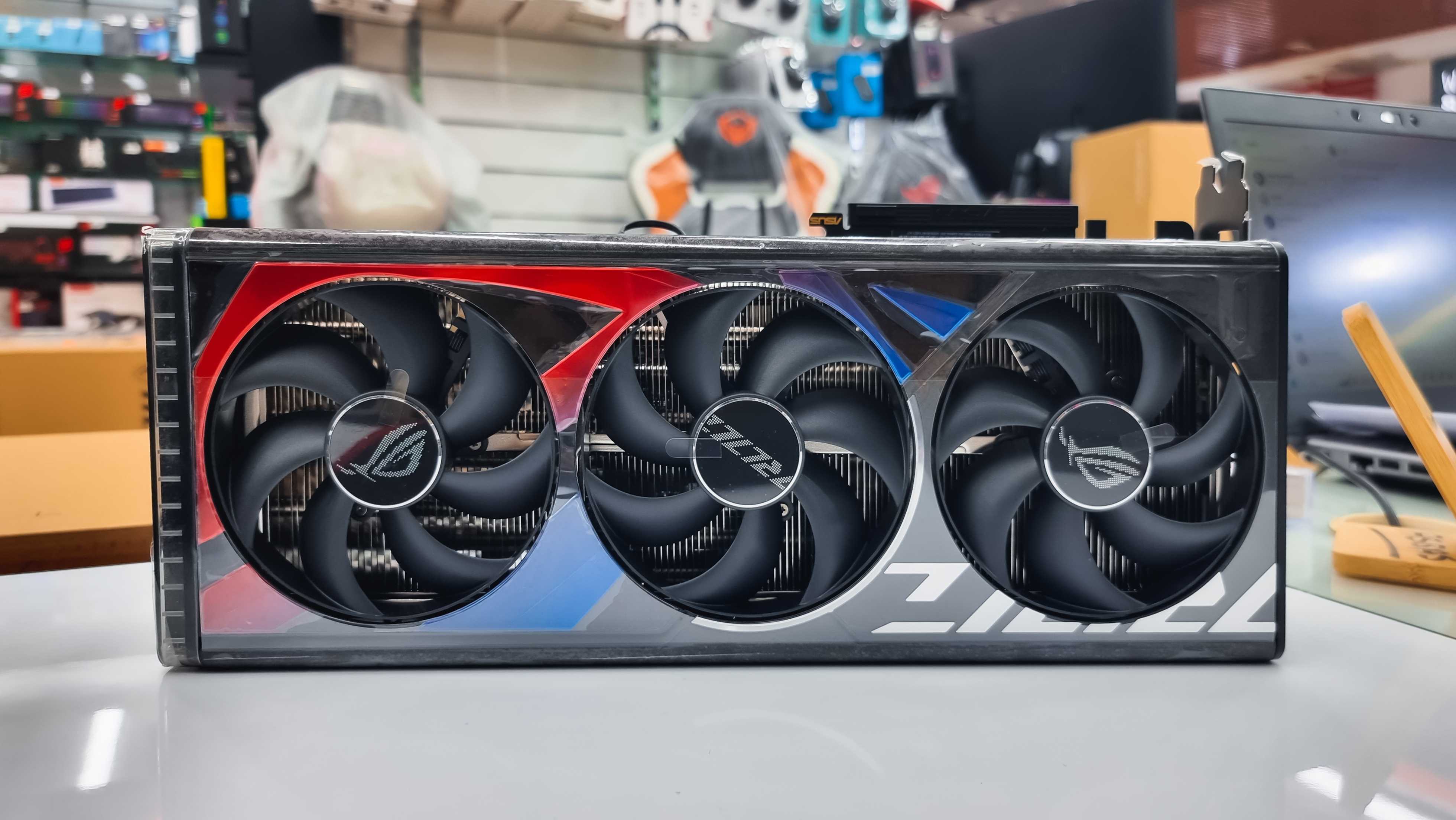
The Black Friday deals are in full swing, stretching from a week or two before the actual date until Cyber Monday and beyond. One thing you won’t find as a real deal: Nvidia’s RTX 4090, or for that matter, most of the Ada Lovelace RTX 40-series GPUs, AMD’s RDNA 3 RX 7000-series GPUs, and even Intel’s Arc Alchemist GPUs.
While many of these are still technically among the best graphics cards, it’s no secret that all three GPU manufacturers are planning to launch their next-gen architectures within the near future. And with RTX 4090 prices skyrocketing — they’re often starting far above $2,000, never mind the original $1,599 MSRP — the best advice for anyone looking to buy a high-end GPU is to wait.
Nvidia CEO Jensen Huang will give the keynote at CES 2025, where he’s widely expected to reveal the consumer range of Blackwell GPUs — or at least the RTX 5090 and RTX 5080. The cards themselves will likely go on sale before the end of January. For that reason, we’re seeing more and more RTX 4090s appearing as out-of-stock and prices on them skyrocketing, even as they near the end of their life. It seems like Nvidia may have limited or stopped production on them in anticipation of the next-gen launch.
Prices on the 5090 in particular could be sky-high, meaning perhaps a $1,999 MSRP (though that’s just a ballpark guess), but considering the 4090 already sells for that much, why not wait for what could be a true behemoth of a GPU? Hopefully the RTX 5080 comes in closer to $999, though we suspect it’s more likely to inherit the $1,199 MSRP of its predecessor — and depending on performance, it could go higher than that (but let’s hope not).
There are also rumors that Nvidia could be planning a sooner-than-later release of an RTX 5070 Ti, possibly in January or February. If that matches the outgoing generation on pricing, it would still be a $799 MSRP — definitely high-end — but presumably with a decent performance uplift over the existing RTX 4070 Ti Super as well.
AMD’s RDNA 4 GPUs are coming as well, though rumors are less concrete about when they’ll arrive and what their specs might be. The most solid information indicates that AMD won’t be going after the crown with a halo product, but that’s hardly news — the RX 7900 XTX didn’t try to take down the RTX 4090 either. Will there be an 8900 XTX (or maybe 9900 XTX if AMD decides to align its names again) that delivers higher performance than the current 7900 XTX? Probably, but just as important will be the cost for whatever level of performance we get.
Intel’s Battlemage GPUs meanwhile are rumored to start arriving as early as December — with reports that the first GPU will be the Arc B580. Based on the name alone, that appears to be the successor to the current Arc A580, a decidedly budget-oriented offering that currently costs $169, and importantly it will come with 12GB of VRAM according to leaks.
Presumably, there will also be Arc B770 or similar cards at some point with 16GB of memory. Based on our recent integrated graphics showdown, the Xe2 GPUs could offer a sizeable boost in performance over the current Intel GPUs, but there’s also a massive gap right now in performance. Again, bang for the buck will be an important metric.
So, Intel will almost certainly target the budget to midrange segment, perhaps in the $200 to $300 range. How an Arc B580 will fare against cards like the existing RTX 4060 / 4060 Ti and RX 7600 XT / 7700 XT remains to be seen, but waiting another month or so can’t hurt.
AMD could be targeting the midrange $500 to high-end $800–$1,000 range with the first RDNA 4 GPUs, and then Nvidia picks up from there with perhaps $800 to $2,000 GPUs. That pretty much covers the entire gamut of performance and price, so unless the deals are particularly tasty in the coming days, saving your pennies for a new GPU upgrade looks to be the most sensible advice.
Read full post on Tom’s Hardware
Discover more from Technical Master - Gadgets Reviews, Guides and Gaming News
Subscribe to get the latest posts sent to your email.








